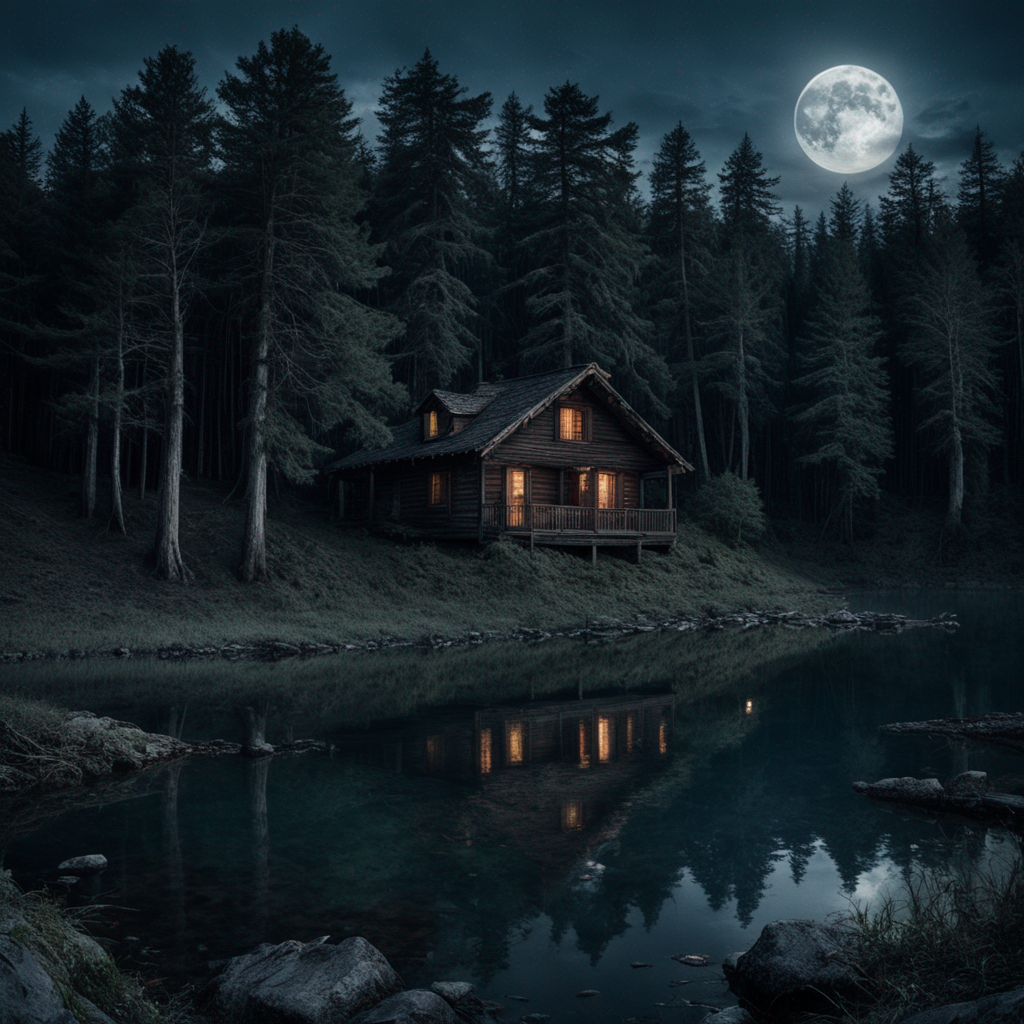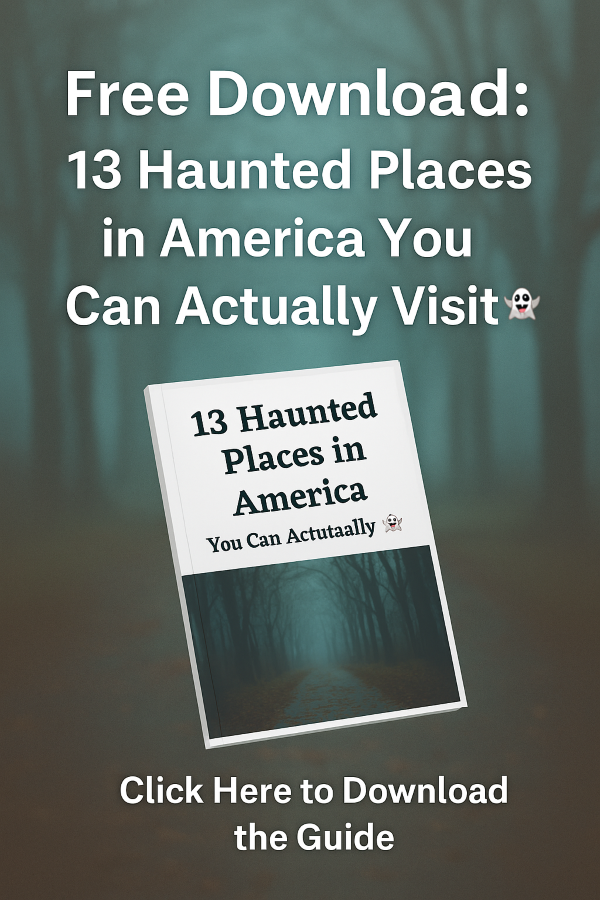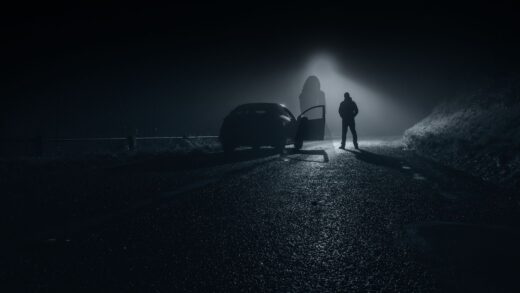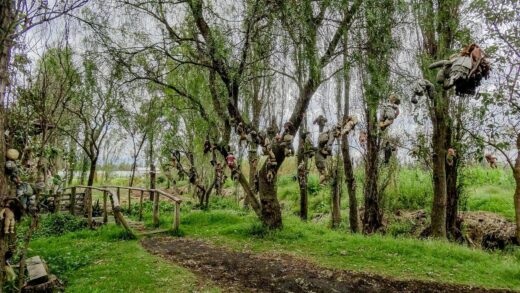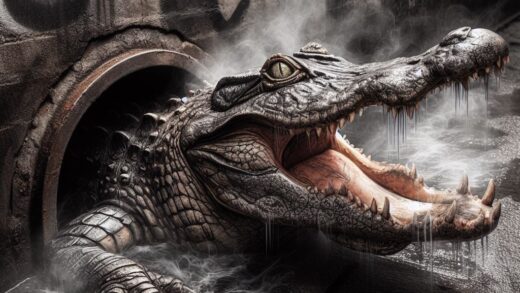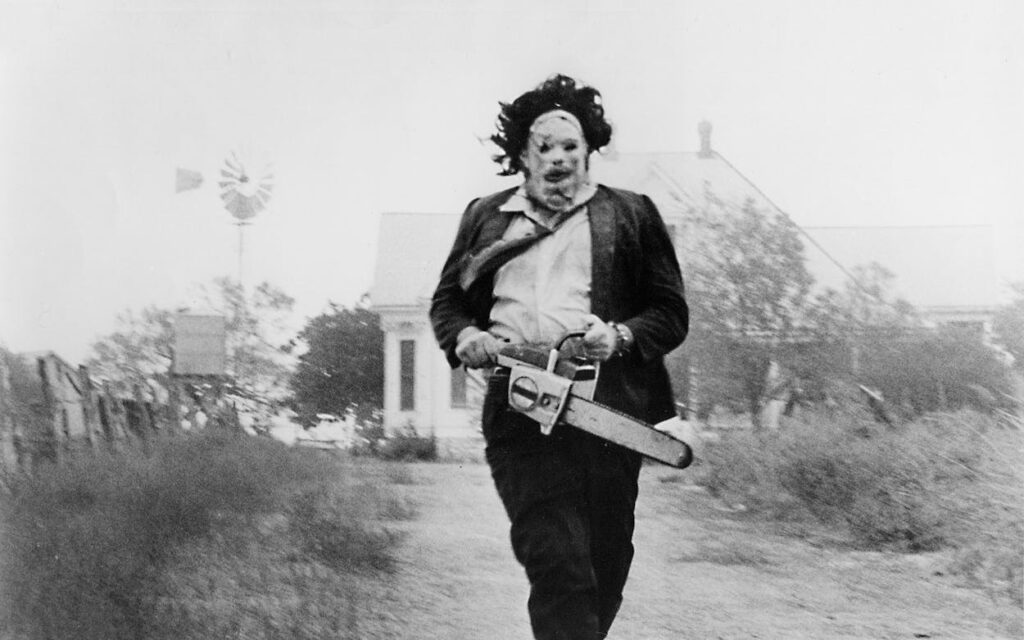
“The Texas Chainsaw Massacre” remains an enduring emblem of raw, unfiltered horror. This seminal film, birthed from the depths of cinematic terror, presents a stark, visceral exploration of the primal fears that lurk within us all.
It’s a relentless journey into the heart of darkness, where the boundary between civilization and savagery is blurred, leaving viewers in a state of profound unease.
Characterized by its gritty realism, unflinching brutality, and an atmosphere thick with dread, “The Texas Chainsaw Massacre” doesn’t just present a story of survival; it confronts us with the unsettling fragility of our own humanity.
Understanding “The Texas Chainsaw Massacre”
Directed by Tobe Hooper, “The Texas Chainsaw Massacre” emerged as a groundbreaking piece in horror cinema. The narrative revolves around a group of friends who fall prey to a family of cannibals in rural Texas, with the iconic Leatherface at the helm of the terror.
However, beneath its graphic veneer, the film delves into themes of isolation, the breakdown of social order, and the dark underbelly of American life.
Historical Background Released in 1974, The Texas Chainsaw Massacre came at a time when the horror genre was primed for transformation.
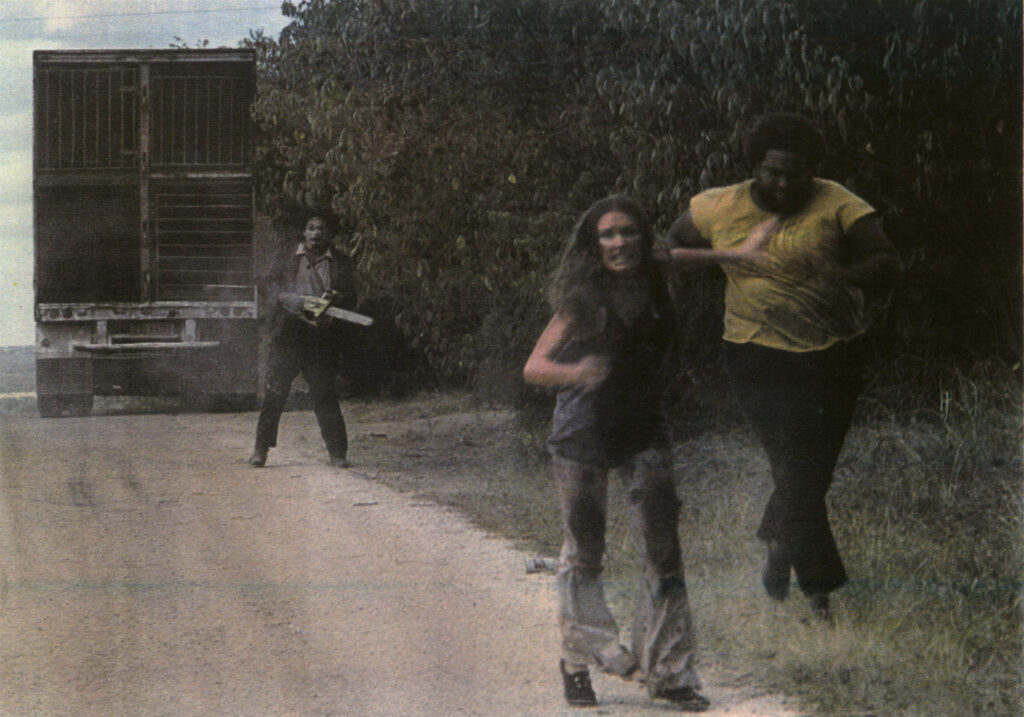
It shattered conventions, offering an experience that was as psychologically disturbing as it was physically jarring.
The film’s release was met with controversy, censorship, and cult fascination, solidifying its place as a cornerstone of horror cinema.
Unlike its contemporaries, “The Texas Chainsaw Massacre” grounded its horror in a disturbingly plausible reality, making the fear it evoked all the more palpable and resonant.
Final Thoughts
The Texas Chainsaw Massacre transcends the boundaries of horror cinema, standing as a testament to the power of film to confront us with our deepest fears and darkest impulses.
It’s a relentless portrayal of terror, survival, and the thin veneer that separates civilization from savagery. As much as it is a story of horror, it’s also a reflection on the human condition and the primal instincts that lie dormant within us all.
Q and A: The Texas Chainsaw Massacre
Q1: What inspired “The Texas Chainsaw Massacre”? A1: The film was partly inspired by the real-life crimes of Wisconsin murderer and grave robber Ed Gein, known for fashioning trophies and keepsakes from the bones and skin of his victims. However, the story in the film is largely fictional.
Q2: Why did “The Texas Chainsaw Massacre” cause so much controversy? A2: The film’s graphic violence, disturbing themes, and intense atmosphere led to controversy and censorship in several countries. Its realistic portrayal of horror was unprecedented at the time and shocked many viewers.
Q3: What makes Leatherface a memorable horror character? A3: Leatherface is memorable for his imposing physical presence, his use of a chainsaw as a weapon, and the terrifying mask made of human skin. His silent, brutal nature adds to his menacing persona.
Q4: How did “The Texas Chainsaw Massacre” influence the horror genre? A4: It set a new standard for horror with its raw, unflinching approach to terror and violence. It’s considered one of the earliest and most influential films in the slasher genre and has inspired countless filmmakers.
Q5: Was “The Texas Chainsaw Massacre” a high-budget film? A5: No, it was a low-budget film. The tight budget resulted in a gritty, realistic style that inadvertently added to the film’s sense of horror and unease.
Q6: How does the film explore the breakdown of social order? A6: The cannibalistic family in the film represents a complete breakdown of societal norms, portraying a return to primal, barbaric instincts and the absence of moral and legal structures.
Q7: Is “The Texas Chainsaw Massacre” considered gory by modern standards? A7: Despite its reputation, the film is not excessively gory, especially by today’s standards. Much of the horror is implied or off-screen, leaving the violence to the viewer’s imagination.
Q8: Has “The Texas Chainsaw Massacre” been remade or followed by sequels? A8: Yes, the film spawned several sequels, prequels, and remakes over the years, each varying in terms of critical and commercial success.
Q9: How did audiences initially react to the film? A9: Initial reactions were mixed. While some praised its innovation and raw intensity, others were appalled by its violence and disturbing themes. Over time, it gained a cult following and critical acclaim.
Q10: How does the film’s setting contribute to its horror? A10: The desolate, rural Texas setting amplifies feelings of isolation and vulnerability. The bleak, sun-scorched landscape creates an atmosphere of despair and inescapability, heightening the horror.
